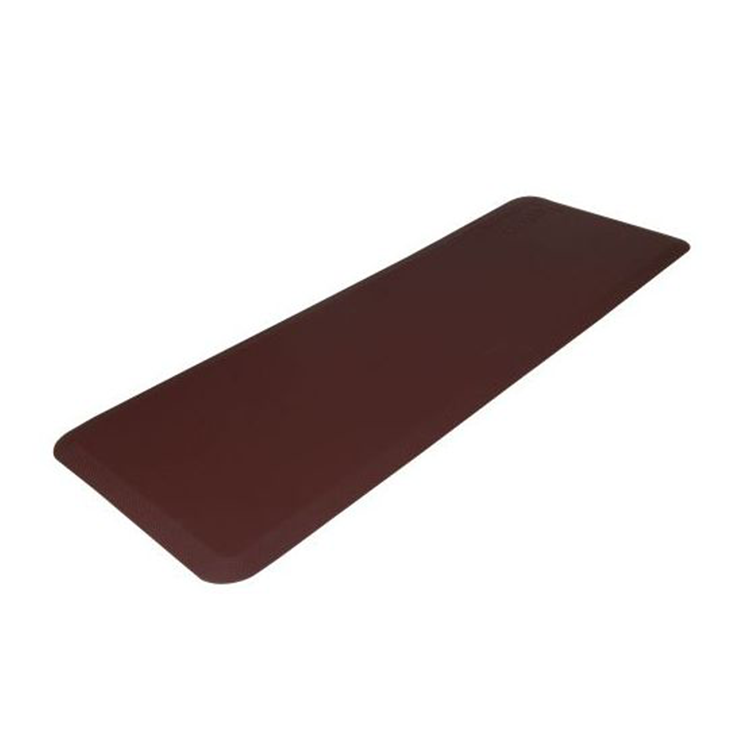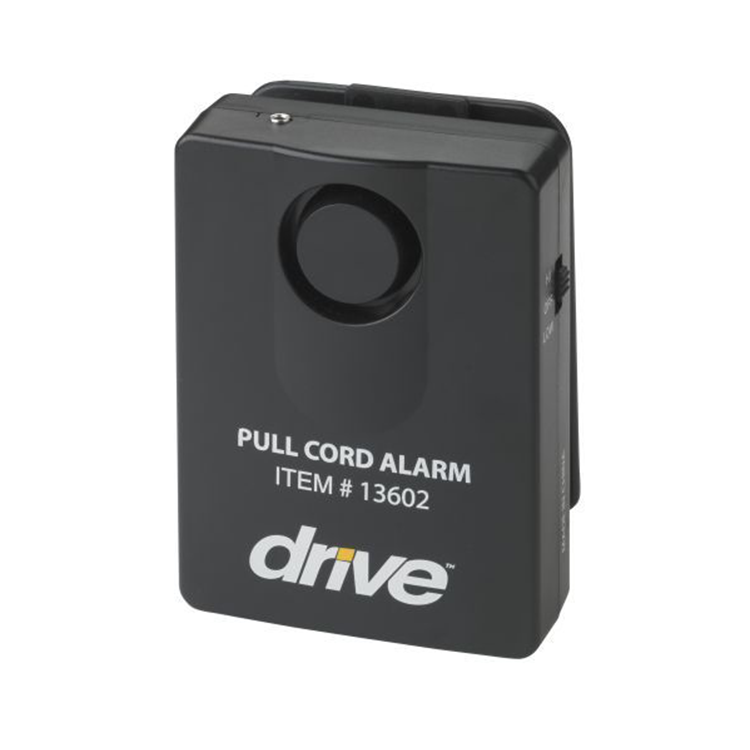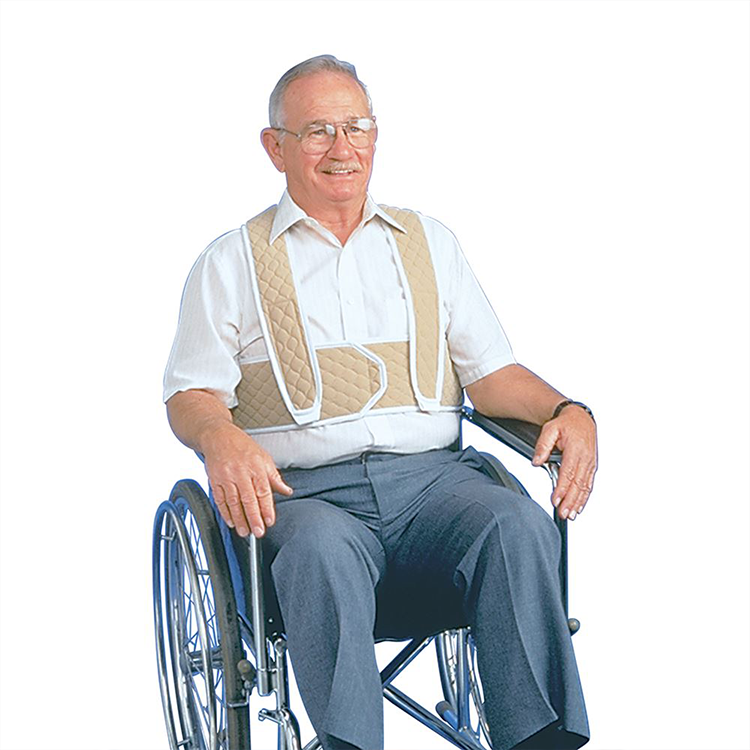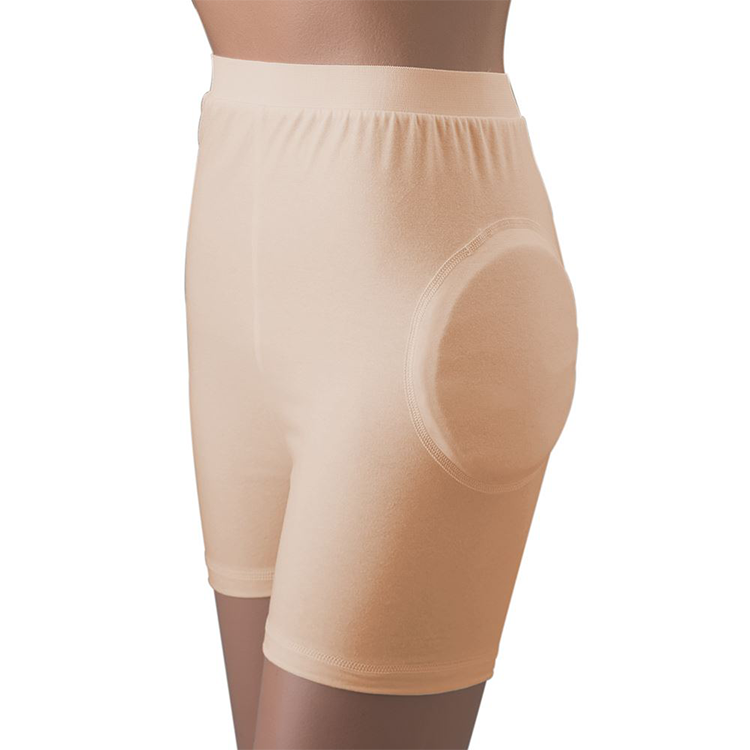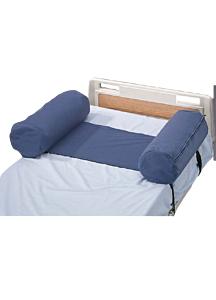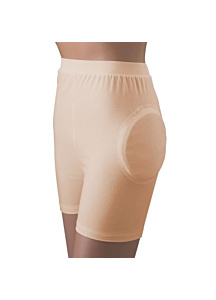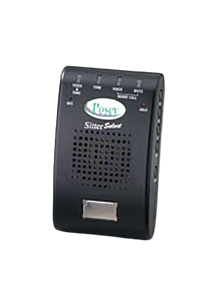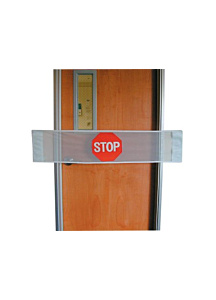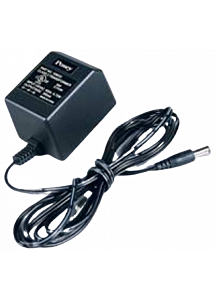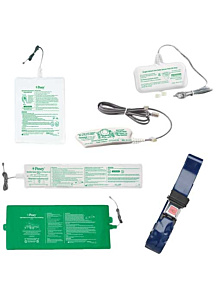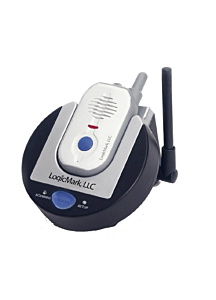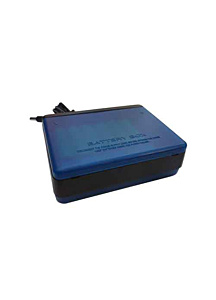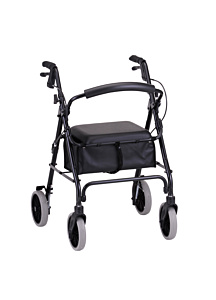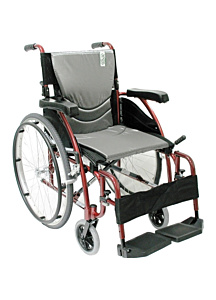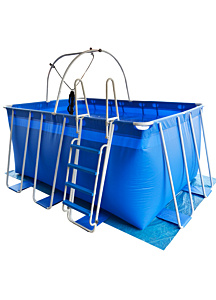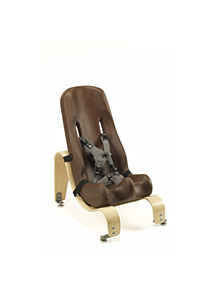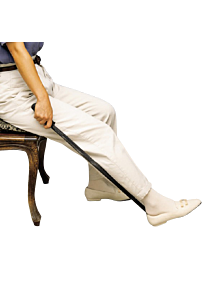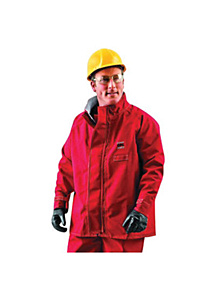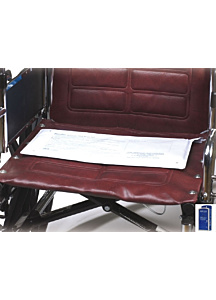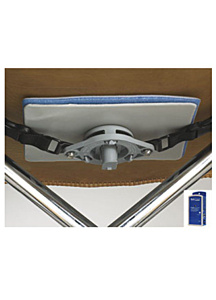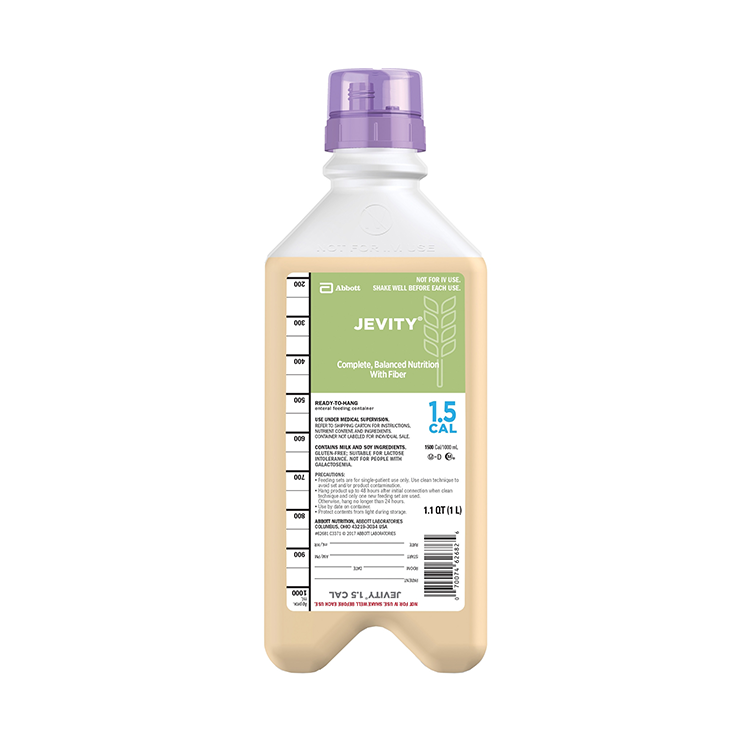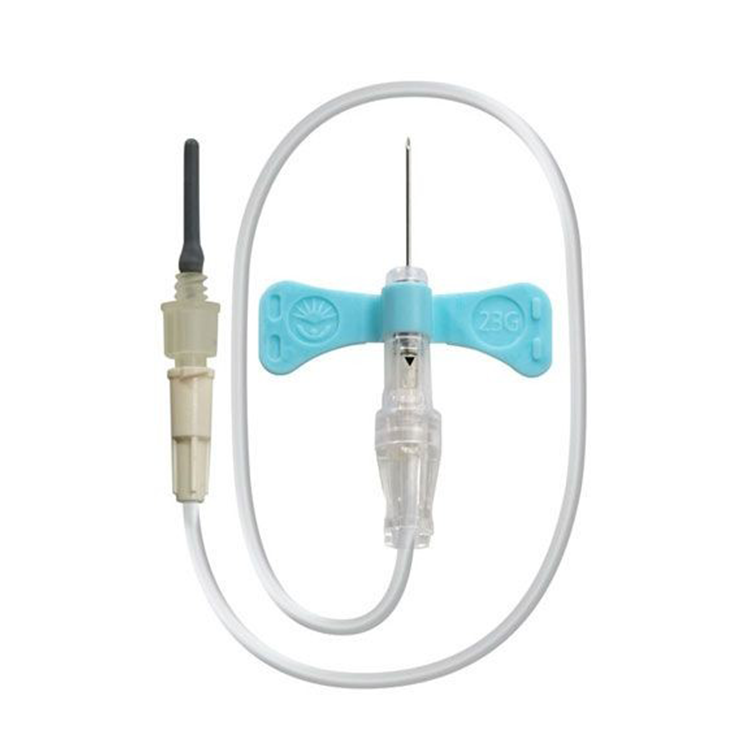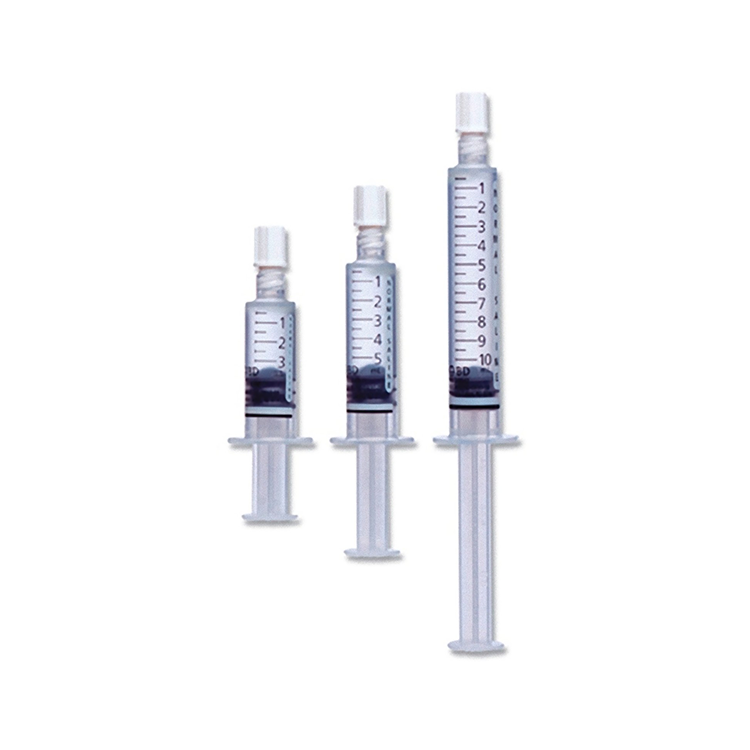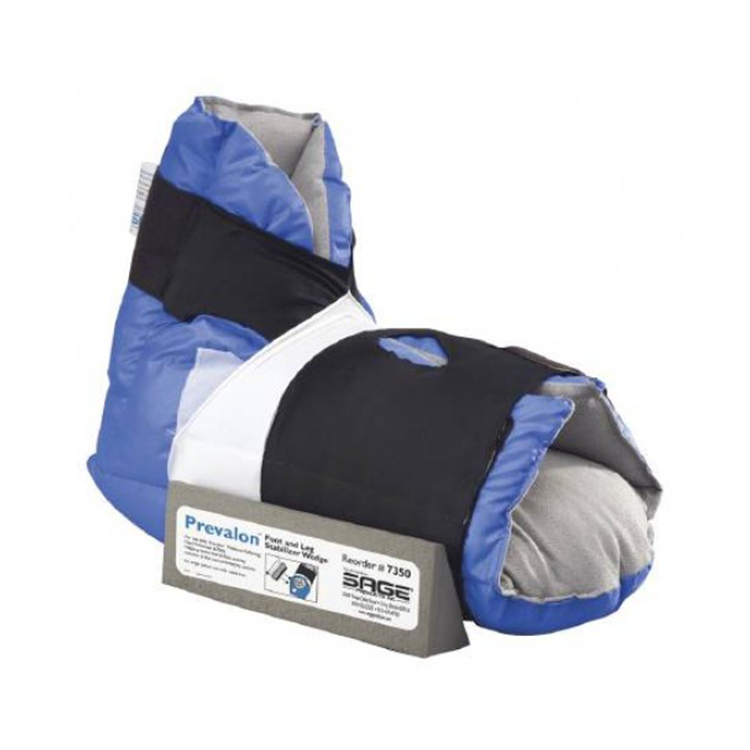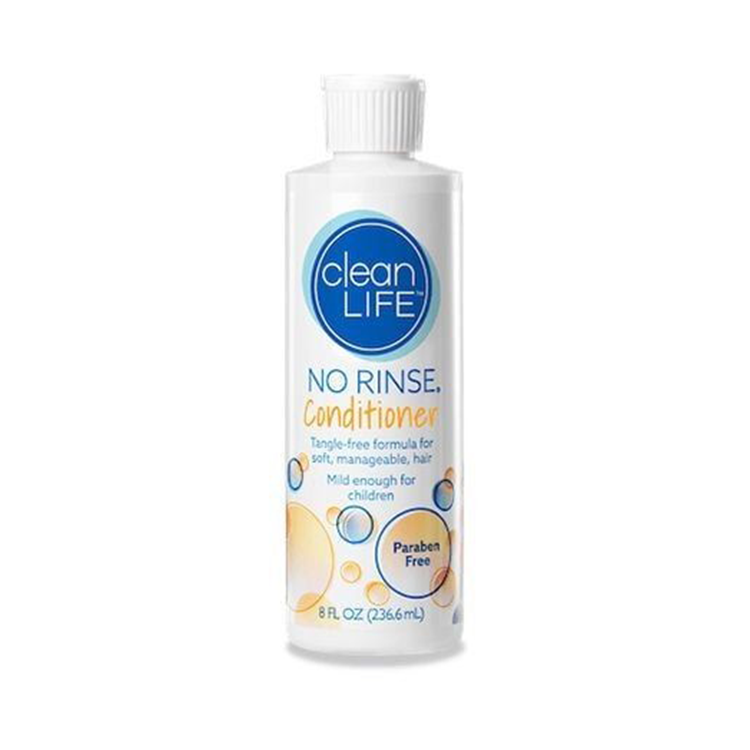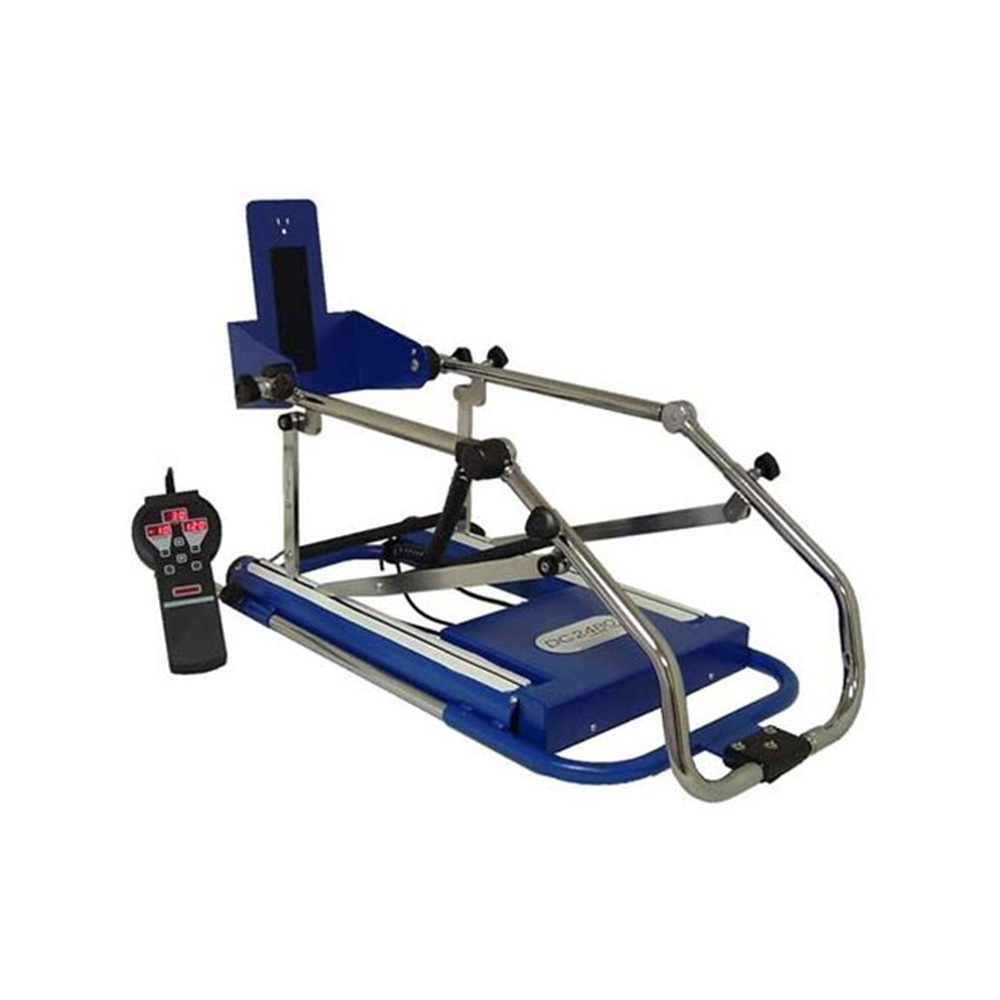Patient Safety
The Difference Between Cleaners, Disinfectants and Sanitizers
Nowadays there are thousands of products that tout their effectiveness at cleaning, disinfecting, or sanitizing an environment of the home or office, but really what does that all mean? What are the major differences between cleaners? And what is the difference between cleaners and sanitizers? To maintain a clean and healthy home, it is important to know the facts and proper procedures to ensure you and your loved ones are safe and protected
Cleaners: Cleaners, soaps, and detergents are used to remove physical material like dirt, dust, soil and germs like bacteria and viruses. These products, with correct rinsing procedures, work to rid the surface of organic matter and germs but do little to kill or deactivate them.
Disinfectants: Disinfectants are products which contain chemicals that destroy bacteria and prevent them from growing, although have no effect on dirt, soil or dust. For this reason, disinfectants are typically used after cleaning with a soap or detergent so that all physical material is removed and the surface can be thoroughly disinfected. These products are classified and regulated by the Environmental Protection Agency (EPA) to ensure they meet appropriate disinfectant standards.
Sanitizers: Sanitizers, including alcoholic hand sanitizers, reduce germs and bacteria on the surface, but do little to remove dirt or organic matter. This class of cleaner is also not regulated by an agency, however do provide a quick and efficient reduction in bacteria when used.
In order to maintain the highest levels of cleanliness and sanitation in your home and office while preventing the spread of disease, it is important to use a combination of cleaners, sanitizers and disinfectants. Also, please remember to read all instructions and warnings on the product labels to ensure proper usage and maximum effectiveness
MRSA disinfectants and cleaners
Disinfection and sanitation needs are at paramount levels with the onset and spread of MRSA (Methicillin-resistant Staphylococcus Aureus).
What is MRSA? It is a bacteria, staph, to be precise, that has built up an immunity or resistance to common antibiotics. It is called Methicillin-resistant, because it is resistant to that particular form of antibiotic as well as the more well-known names like Penicillin and Amoxicillin.
MRSA is spreading quickly in facilities on commonly touched surfaces as well as shared equipment. These need to be cleaned thoroughly and frequently to avoid exposure, contamination and spread. Finding its way into schools, hospitals, airports or wherever there is a condensed amount of people are at the highest risk. Schools and gyms with sports equipment should follow a strict regimen to prevent MRSA spread. Cleaning often is always the best answer, but be sure to know the following too:
- How should the cleaner or disinfectant be applied?
- Do you need to clean the surface first before using the disinfectant (e.g., precleaned surfaces)?
- Is it safe for the surface? Some cleaners and disinfectants, including household chlorine bleach, might damage some surfaces (e.g., metals, some plastics).
- How long do you need to leave it on the surface to be effective (i.e., contact time)?
- Do you need to rinse the surface with water after using the cleaner or disinfectant?
Just read the product labeling and follow the instructions. We recommend PureGreen24 as a MRSA disinfectant because of its "kill time" of only 2 minutes and Cidex OPA because of its widespread use in hospitals and Dental offices.

